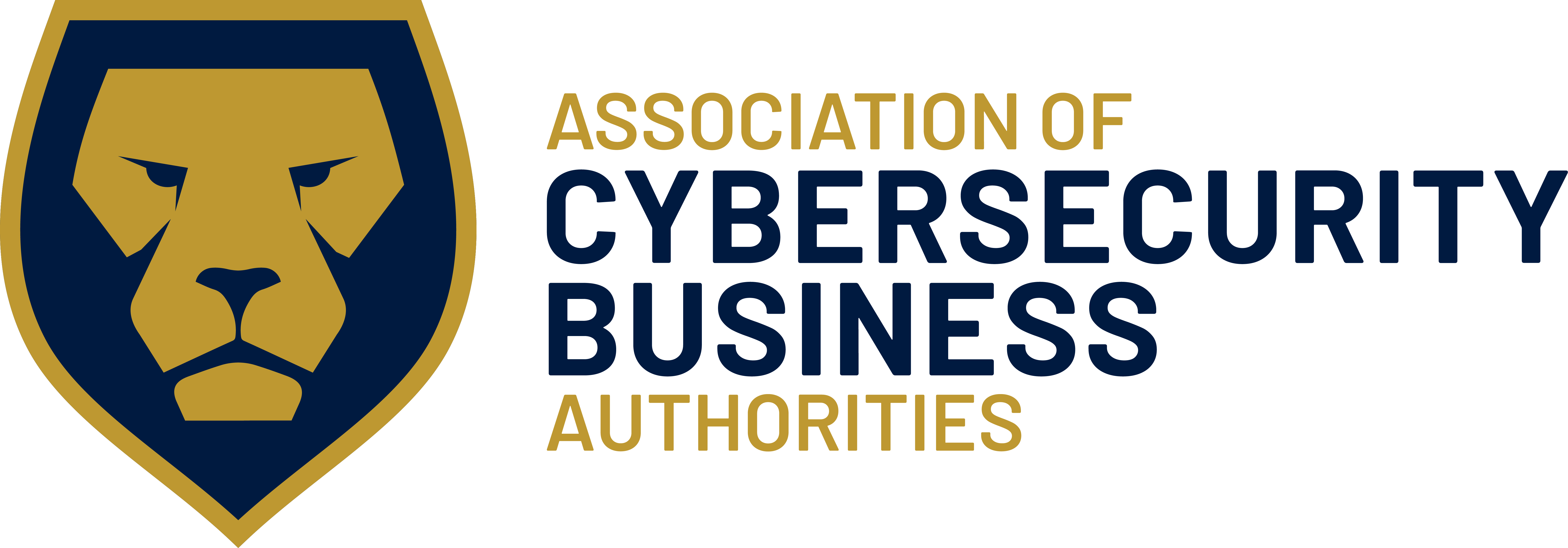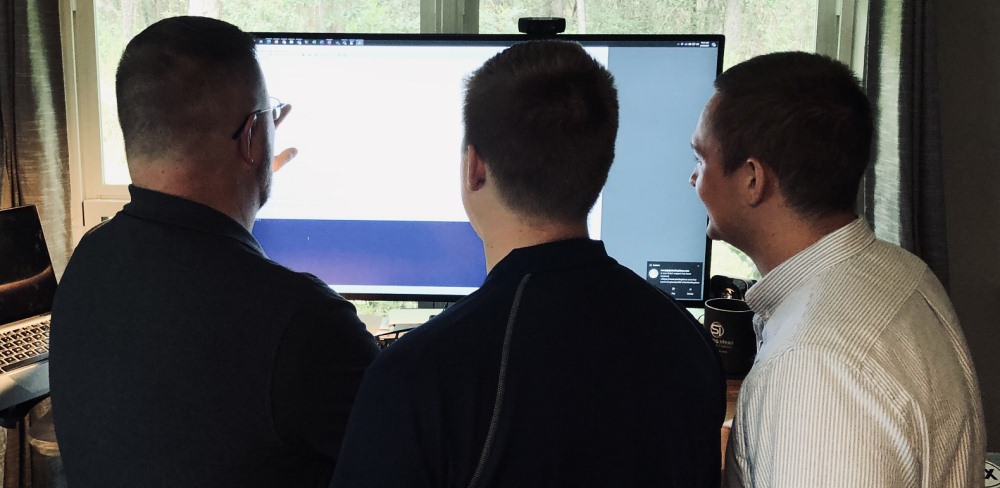As we move into August, it’s back-to-school time for students (and their parents). So this month, we’re going to talk about technology in education—tech being integrated into learning environments, vulnerabilities of educational institutions to cyberattacks, and a cyberattack case study.
Just 10 years ago, students would sit with a mini whiteboard and marker, write answers to a teacher’s questions, and hold their boards in the air while the teacher walked around and tallied exactly what each child wrote. But things have changed. If you take a look at classrooms today, you’ll see how new technology is being applied. Today, students can log in to an app specifically designed for classroom learning, select their answers, and the results from the class are instantly given to the teacher. Classrooms and libraries are equipped with computers, tablets, and projectors. Assignments are accessed and submitted through online platforms.
In higher education, medical students experience mock surgeries in online simulators. Anatomy students dissect cats in online environments. Nursing students conduct interviews, full-body assessments, and minor procedures on virtual patients.
Certainly, in spring 2020, the world saw the need for online education more than ever before. The effects of COVID-19 sent the vast majority of students away from school, to continue their education from home. The only way this was possible was through the use of technology.
Online education was present in the world of learning already, but only a small subsection of students were learning online. Then, entire schools shifted to online learning in a matter of days. Technology-dependent education was no longer one of many options. It was the only option. In a time of great uncertainty and change, technology allowed education to remain a constant.





